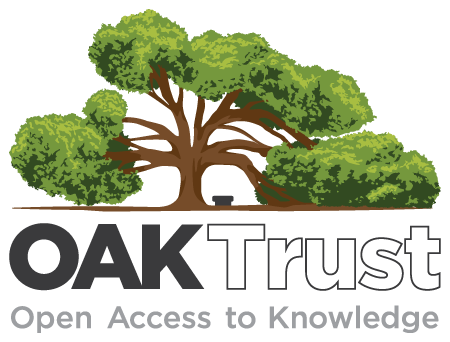Experiences in the Regulation of Inherent Safety
Abstract
Inherent Safety is a worthwhile process risk management strategy to employ, and efforts to implement inherently safer strategies should be given first priority, as it is feasible. But regulating the use of inherent safety is proving to be challenging as evidenced by the experiences to date of industrial companies who are under inherently safer requirements as part of the Contra Costa County, Calfomia, Industrial Safety Ordinance (ISO). This paper will outline those requirements and explain how the inherently safer requirements were adopted as part of an overall strategy of ISO programs that act in concert to address risk to the community and workers and the issues in achieving compliance. Efforts have been made by sources subject to ISO to employ inherently safer systems since the inception of the ordinance in 1999. The guidance to date from CCHS had encouraged a reasonable strategy of a broad interpretation of what is inherently safer. This includes inherently safer strategies of minimization, substituting, moderating, and simplifying, which are the first principles of inherent safety. But, consistent with the County guidance and the CCPS concept book on the topic, sources also employed inherently safer strategies all along the hierarchy of process risk management strategies (inherent, active, passive, and procedural). This has resulted in various risk reductions at these facilities, but has not seemed to satisfy the regulators. There seems to be concern that the majority of the actions taken by the sources are of the active, passive, or procedural nature, and are not necessarily of the first principles of inherent safety. Continued incident experience in the County involving the covered processes has led the County board of supervisors to consider amending the definition of inherently safer in the ordinance to only allow the strictest definition of inherent safety, to possibly mandate specific inherently safer strategies, and to require special inherent safety studies. They see inherent safety as the panacea to reducing risk. A newly proposed guidance document for the ordinance may allow a broader application of inherent safety, and this will encourage its use in our opinion. Inherent Safety is a newly appreciated issue in process safety management, and this is the first process safety regulation in the United States that we are aware of that requires facilities to justify their consideration of inherently safer systems. As such, it is important to understand the progress being made in addressing the underlying concerns of the County in enacting the ordinance, the intent of the inherently safer systems requirements, and the merits of any additional requirements. Given that inherent safety is a rather subjective concept, it makes the matter a difficult one to understand, implement, and regulate. Companies everywhere should be knowledgeable of this ordinance and of inherent safety, and should prepare themselves to benefit from inherent safety and to get ready for the challenges of regulation of the issue.
Description
PresentationSubject
Regulation of Inherent SafetyCollections
Citation
Moore, David A (2002). Experiences in the Regulation of Inherent Safety. Mary Kay O'Connor Process Safety Center; Texas &M University. Libraries. Available electronically from https : / /hdl .handle .net /1969 .1 /193784.


